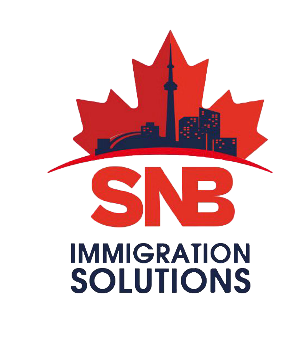Canada continues to evolve its Express Entry system to attract talent from various specialized fields, and recent developments have been nothing short of remarkable. Immigration, Refugees and Citizenship Canada (IRCC) has introduced category-based draws to address labor market needs and bridge skill gaps in key sectors of the economy. In this article, authored by Vimal Sivakumar, we will explore Canada’s unique Express Entry draws and their impact on immigration trends.
Category-Based Draws:
Canada’s Express Entry system has undergone significant changes, incorporating both standard and category-based draws. While standard draws evaluate candidates based on their Comprehensive Ranking System (CRS) scores, category-based draws aim to attract professionals with specific work experience or proficiencies that align with the nation’s most pressing skills demands. These draws have been introduced to address labor gaps in critical industries across the country.
Recent Category-Based Draws:
The most recent category-based draw, conducted on September 28, 2023, marked a milestone as Canada’s first-ever category-based draw for professionals with recent work experience in agriculture and agri-food occupations. A total of 600 Invitations to Apply (ITAs) were issued to eligible candidates with a minimum CRS score of 354.
September 27: IRCC issued 500 ITAs to candidates with French-language proficiency, requiring a minimum CRS score of 472.
September 26: An all-program draw was conducted, issuing 3,000 ITAs to candidates with a minimum CRS score of 504.
September 20: IRCC’s first-ever category-based draw for candidates with experience in transport occupations invited 1,000 candidates with a minimum CRS score of 435.
September 19: An all-program draw issued 3,200 ITAs to candidates with a minimum CRS score of 531.
August Draws: In August, IRCC continued its category-based approach:
August 15: An all-program Express Entry draw saw 4,300 ITAs issued with a minimum CRS score of 496.
August 3: A category-based draw for candidates with work experience in the trades resulted in 1,500 ITAs, requiring a minimum CRS score of 388.
August 2: Another category-based draw focused on candidates with French-language proficiency, issuing 800 ITAs with a minimum CRS score of 435.
August 1: IRCC invited 2,000 candidates with a minimum CRS score of 517 to apply for permanent residence in Canada.
July Draws: July witnessed a variety of draws catering to different categories:
July 12: IRCC invited 3,800 candidates with a minimum CRS score of 375 in a French language category-based draw.
July 11: An all-program draw issued 800 ITAs to candidates with a minimum CRS score of 505.
July 7: 2,300 ITAs were issued to candidates with a CRS score of at least 439 in a French language category-based draw.
July 6: 1,500 ITAs were issued to candidates with a minimum CRS score of 463 in a category-based draw for healthcare occupations.
July 5: 500 ITAs were issued to candidates with a CRS score of at least 486 in a STEM occupation category-based draw.
July 4: An all-program draw issued 700 ITAs to candidates with a minimum CRS score of 511.
June Draws: June marked significant changes in Express Entry draws:
June 28: IRCC conducted the first-ever category-based draw, inviting 500 immigration candidates with experience in healthcare occupations and a minimum CRS score of 476.
June 27: An all-program draw saw 4,300 ITAs issued to candidates with a CRS score of at least 486.
Express Entry Overview: Express Entry manages three economic immigration programs: the Federal Skilled Worker Program (FSWP), the Federal Skilled Trades Program (FSTP), and the Canadian Experience Class (CEC). It ranks candidates based on CRS scores, which evaluate factors such as age, education, language proficiency, and work experience.
Canada’s dynamic Express Entry system, featuring category-based draws, demonstrates the country’s commitment to addressing labor market needs and ensuring that skilled professionals across various sectors have access to immigration pathways. These initiatives align with Canada’s goal of attracting specialized talent and supporting its thriving economy. As category-based draws continue to evolve, they present exciting opportunities for individuals with specific skills to embark on a new chapter in their careers within the Canadian landscape.


